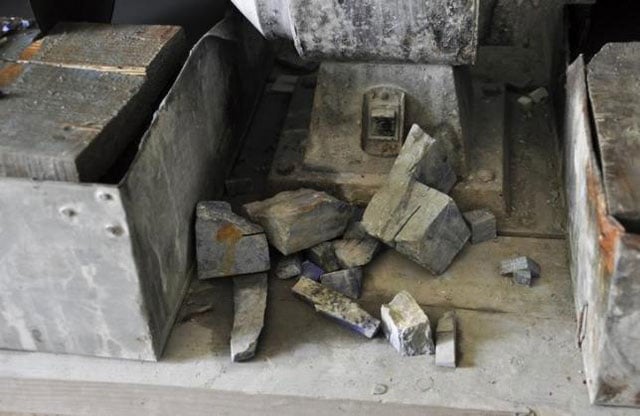
The Taliban is increasingly financed by criminal enterprises such as smuggling gemstones like lapis, rubies, emeralds, as well as heroin laboratories and kidnapping.
Deputy leader of breakaway Taliban group killed in Afghanistan: reports
Afghanistan loses roughly $100 million a year through gemstone smuggling, more than the total exports of commodities like coal and industrial minerals like talc, said the country's mining minister.
"It's a big issue for the people of Afghanistan, because they are losing their property to groups of terrorists which on one side are stealing our property and on the other side are strengthening their terrorist group. So it's a lose-lose situation," said mines minister Daud Saba told Reuters.
Halting smuggling of emeralds, rubies, jade and other material would be tough, he said, but lapis lazuli trade can be controlled as the stone with unique qualities comes from one mine, Sar-i-Sang, in northern Afghanistan.
The government is working to set up a bourse in Kabul by mid-2016 as a single source for lapis lazuli, which would come with a government certificate.
"We have the monopoly on that type of lapis. That stone has a signature," Saba said in an interview on the side-lines of a mining conference in Melbourne on Wednesday.
Infighting: Clashes break out between Afghan Taliban, dissidents
"And then any other lapis with no certificate should be banned by the international community, as they have done with blood diamonds," Saba said.
Blood diamonds are diamonds mined in conflict areas and sold to fund those wars. The United Nations sought to ban trade in conflict diamonds, which led to a certification program in 2003. The diamond industry says that since then blood diamonds now make up less than one per cent of the diamond trade.




1736599343-0/fizza-(8)1736599343-0-165x106.webp)



1736605969-0/Copy-of-Untitled-(7)1736605969-0-270x192.webp)


1736508423-0/Express-Tribune---News-Desk-(9)1736508423-0-270x192.webp)

1736495887-0/sidra--(63)1736495887-0-270x192.webp)









COMMENTS
Comments are moderated and generally will be posted if they are on-topic and not abusive.
For more information, please see our Comments FAQ